sowing on 'compost in place'
digit
13 years ago
Related Stories
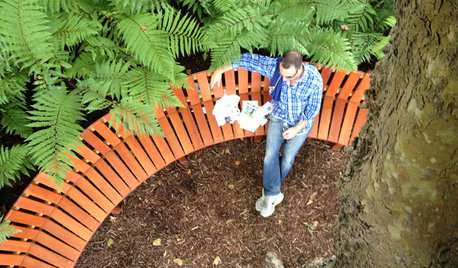
GARDENING GUIDESFlower Shows Sow Ideas for Your Garden
There’s much design inspiration to be gathered at garden shows. Here are some ideas to start you off
Full Story
GARDENING GUIDESGet on a Composting Kick (Hello, Free Fertilizer!)
Quit shelling out for pricey substitutes that aren’t even as good. Here’s how to give your soil the best while lightening your trash load
Full Story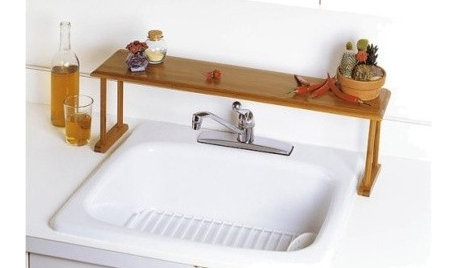
KITCHEN DESIGNGuest Picks: Organizing Your Kitchen for the New Year
Resolve to find a place for plastic bags, compost and piles of dishes to declutter your kitchen
Full Story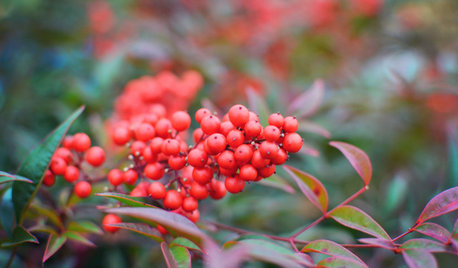
GARDENING GUIDESMid-Atlantic Gardener's January Checklist
Scatter berries while ye may, be kind to your fair-feathered friends and try a time-saving compost trick that will keep you out of the cold
Full Story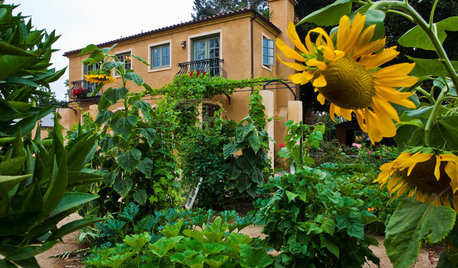
REGIONAL GARDEN GUIDESTexas Gardener's April Checklist
Get your sowing and planting on — spring brings a tantalizing array of possibilities in the garden
Full Story
WINTER GARDENINGExtend Your Growing Season With a Cold Frame in the Garden
If the sun's shining, it might be time to sow seeds under glass to transplant or harvest
Full Story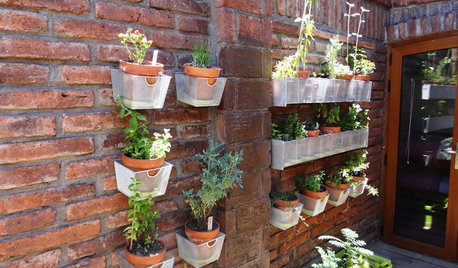
EDIBLE GARDENSHouzz Call: Where Are the Craziest Places You Grow Edibles?
Basil in a bathtub, spinach stacked up a wall ... If your edibles occupy an odd spot, we’d like to know
Full Story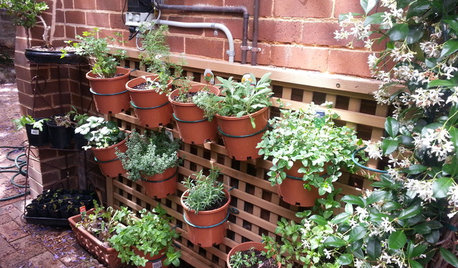
FARM YOUR YARD14 Crazy Places to Grow Edibles
Some Houzzers may lack ground for gardening, but they’re never short on imagination
Full Story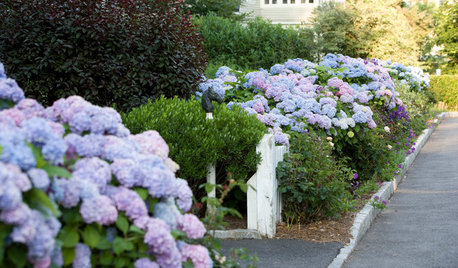
FLOWERSWhy You Should Give Hydrangeas a Place in Your Yard
The exuberant mop-headed beauties evoke dreams of an endless summer by the sea
Full Story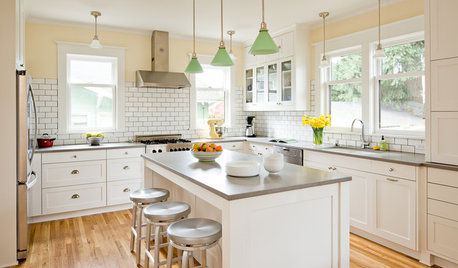
MOVINGThe All-in-One-Place Guide to Selling Your Home and Moving
Stay organized with this advice on what to do when you change homes
Full StorySponsored
Franklin County's Preferred Architectural Firm | Best of Houzz Winner
More Discussions








david52 Zone 6
Dan _Staley (5b Sunset 2B AHS 7)
Related Professionals
Cary Landscape Architects & Landscape Designers · Roosevelt Landscape Architects & Landscape Designers · Clermont Landscape Contractors · Gainesville Landscape Contractors · Goodyear Landscape Contractors · Hartford Landscape Contractors · Waterbury Landscape Contractors · Bellefontaine Neighbors Landscape Contractors · New Brighton Landscape Contractors · Pleasant Grove Landscape Contractors · Roseville Landscape Contractors · Siloam Springs Landscape Contractors · Antioch Landscape Contractors · Lodi Solar Energy Systems · Wasco Solar Energy SystemsdigitOriginal Author
digitOriginal Author
Dan _Staley (5b Sunset 2B AHS 7)
colokid
digitOriginal Author
billie_ladybug
digitOriginal Author
billie_ladybug
digitOriginal Author
billie_ladybug
nunchucks
digitOriginal Author
billie_ladybug